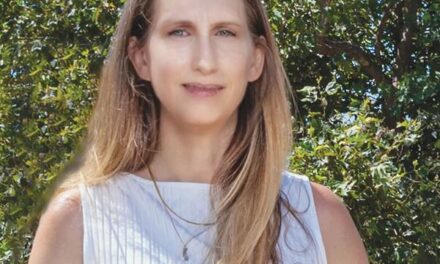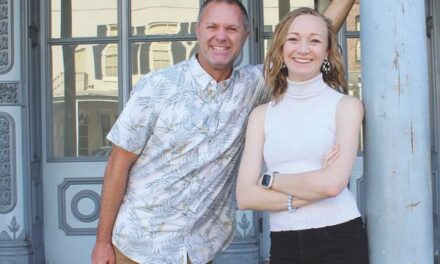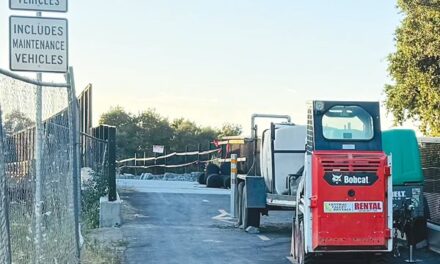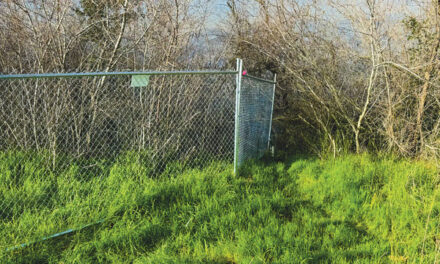Dennis Newhall knows about sound. He’s worked for decades as a radio and internet broadcaster, disc jockey, producer and voice talent. He understands the power of sound, how it motivates and transforms people.
This past year, he learned something else. How sound, reduced to sheer noise, can drive a neighborhood nuts.
That’s an exaggeration. Newhall doesn’t believe weeks of pounding by equipment to strengthen the Sacramento River levee literally drove his Pocket neighbors crazy.
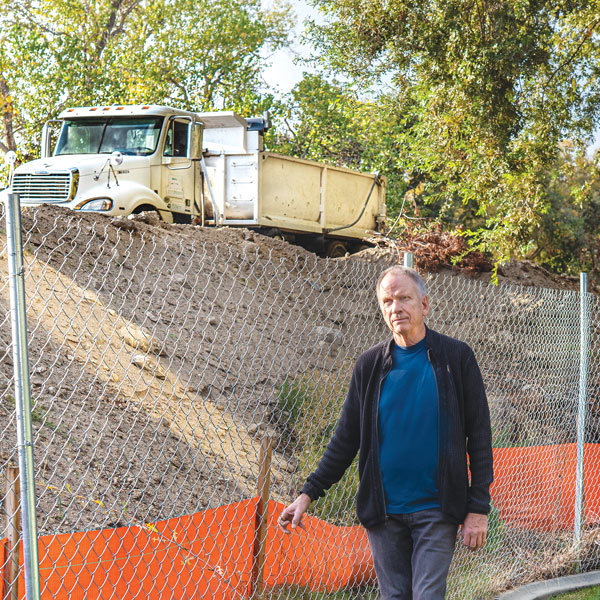
But the noise had an impact. Like the sound of a dental drill sinking into a tooth, it was tough on the ears.
“My wife noticed it made us more irritable,” Newhall says. “And some of our neighbors have been talking about trying to figure out if there’s anyone they can sue, but we haven’t gotten involved in any of that.”
The project is massive, a four-year, $1.8 billion battle against nature to bolster a levee that protects Sacramento from floods.
Rushing to beat winter rains, contractors hired by the U.S. Army Corps of Engineers pulverized sections of the levee. They lowered the protective crown, scraped away tons of ancient dirt, closed underground gaps with new cutoff walls and restored the seawall to its necessary height.
The work required many bulldozers, trucks and people. Also required was a mobile tower that facilitates something called DMM or “deep mix method.” This is a process where soil far below the surface is blended and strengthened with concrete.
For about three months, the tower performed its mission in close proximity to Newhall’s house. Occasionally the tower was moved. Some days, he could almost touch the machinery.
Before the work began, the Newhalls were not familiar with deep mix methodology. They learned it’s neither serene nor spotless.
“The constant humming wasn’t too bad, once you get used to it,” Newhall says. “But there’s lots of clanging, banging and screeching when they move stuff. That’s really annoying. Oh, and the dust. The dust has been terrible.”
Being a sound guy, Newhall fills his home with microphones and recording equipment. He burrowed out a closet and built a sound booth. The clanging, banging and screeching rarely troubled Newhall when he hunkered down in his sound booth and recorded commercials or voiceovers.
Things got complicated when Newhall produced his weekday morning show on the K-ZAP classic rock radio app. He needs a computer to create the show and download to the internet.
Technical issues related to Newhall’s studio, computer and broadband connections don’t allow him to play Pink Floyd’s “Louder Than Word” or anything else from his closet. He sits out in the open. Pink Floyd becomes hostage to the deep mix method.
“When I’m doing K-ZAP and the noise started, I’d have to start all over again,” Newhall says. “It’s take two.”
Newhall has lived in Pocket for nearly 35 years. He and his wife love their home. “We face the levee, you can’t see any other houses, it’s like living in the country,” he says. They survived previous levee repairs, smaller in scale, tranquil by comparison.
The earlier work almost 20 years ago educated the Newhalls about a problem more sticky than noise. Their house developed cracks in drywall and grouting. Contractors came around and repaired the problems, no charge. Newhall expects more of the same before the current Big Fix is finished in late 2023.
“They came out and took about 50 pictures in an inspection before all this started,” he says. “That’s a good thing, because I’m starting to see cracks where none existed before.”
Work crews honored their posted hours of 7 a.m. to 7 p.m., though Newhall was awakened an hour earlier when early-bird hardhats slammed pickup truck doors. But our sound man is equal parts philosophical and realistic about the project.
“I didn’t want them to miss their deadlines and have to keep working when the rains came,” he says. “I know why they push hard to finish. I hope we never have to test if this is all worthwhile.”
R.E. Graswich can be reached at regraswich@icloud.com. Follow us on Facebook, Twitter and Instagram: @insidesacramento.





